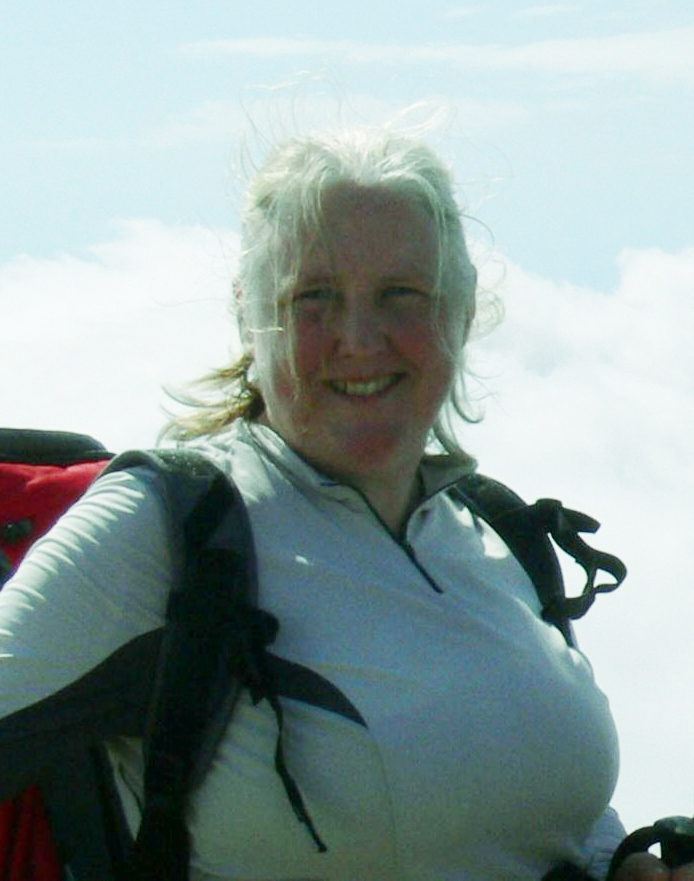Date: Tuesday 10 May 2022 – 14:00 (Europe/London)
Speaker: Dr Joanna Leng, Senior Research Software Engineer, University of Leeds
Abstract
In the middle of the last century, the first computers were designed and built. At that time researchers thought that the only contribution computers and their related technologies could have to research was through the development of mathematical models that could be turned into computer simulations. Simulation and the computational method became known as the third and newest pillar of science, complementing and adding to the other modes which are experimentation and/or observation and theory. Traditionally it takes advantage of advanced computing including HPC (High Performance Computing) and visualization however this now includes but is not limited to cloud, data/video streaming and computer interactivity.
More recently data science and in particular AI/ML have become increasingly popular research methods that extract value from data. These methods are based on deeply statistical methods and have a distinctly different meaning for hypothesis to that used in the scientific method. There is an ongoing discussion on whether this is the fourth pillar of science.
Both computational science and data science have led to difficulties in reproducibility which is critical when validating the results of a scientific project. This has led to the open data and open research initiatives. As time passes it seems likely increasing more changes will be needed to the scientific method and the research environment to accommodate the use and need for computers in research.
The combination of new computing technologies and the resulting tools and practices required to make use of them, new materials and new physics mean more changes are to come
Biography
Joanna Leng is a Senior Research Software Engineer at The University of Leeds. Her focus is on Research Computing and Imaging and she has experience in both visualization of simulation data and observational data. She graduated from The University of Leeds with a BSc in Biophysics followed by both an MSc and PhD in Computer Science from the University of Manchester. She has worked on both academic visualization services and a national flagship HPC service as well as local and regional HPC services and is currently developing software in partnerships with Diamond Light Source, SuperSTEM and the SCI Institute in Utah.
You can now watch the seminar on YouTube: https://youtu.be/rxrez7mnGAo

